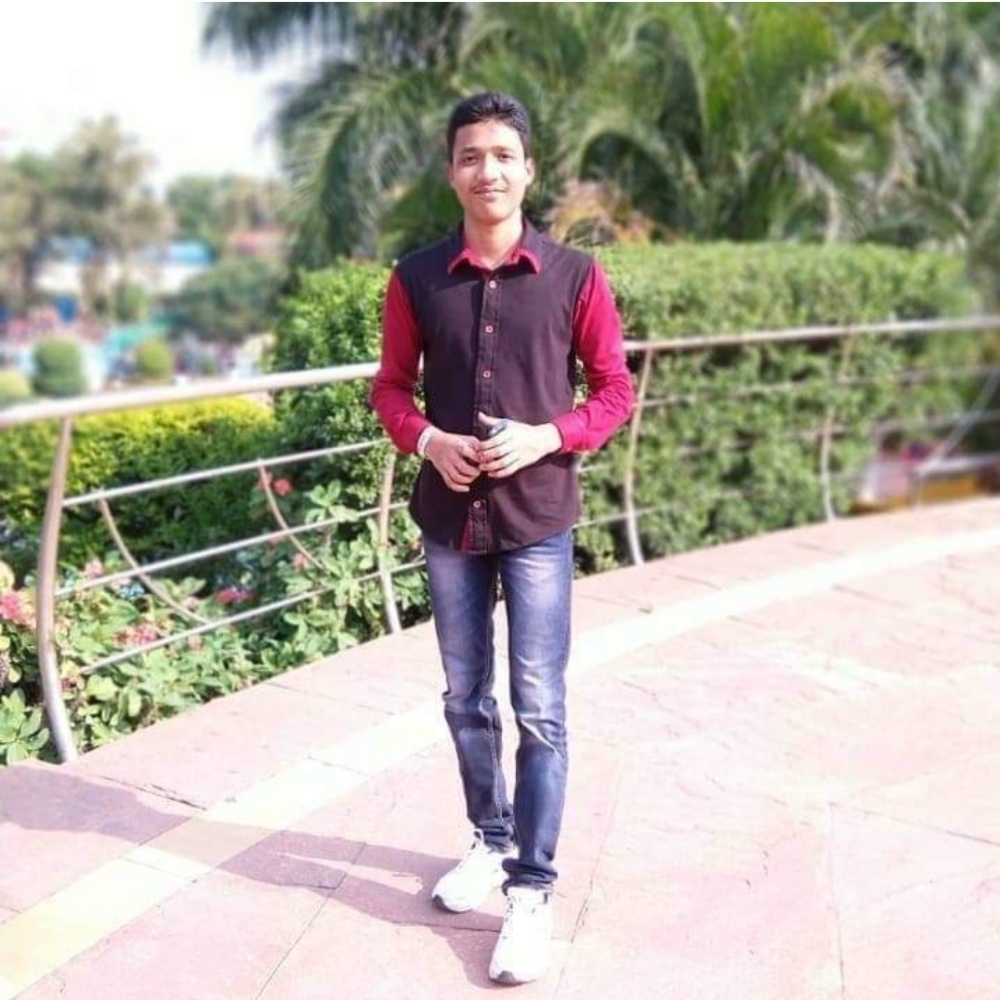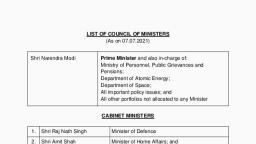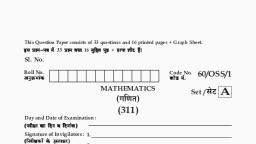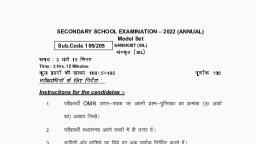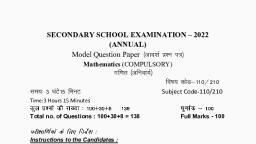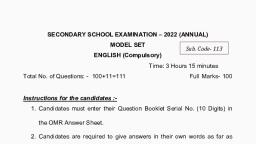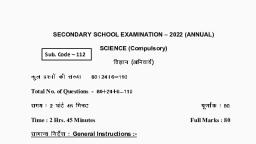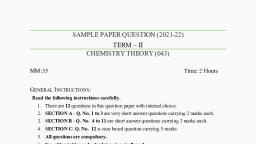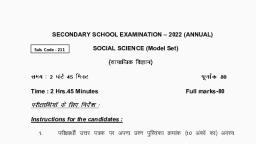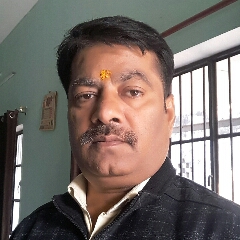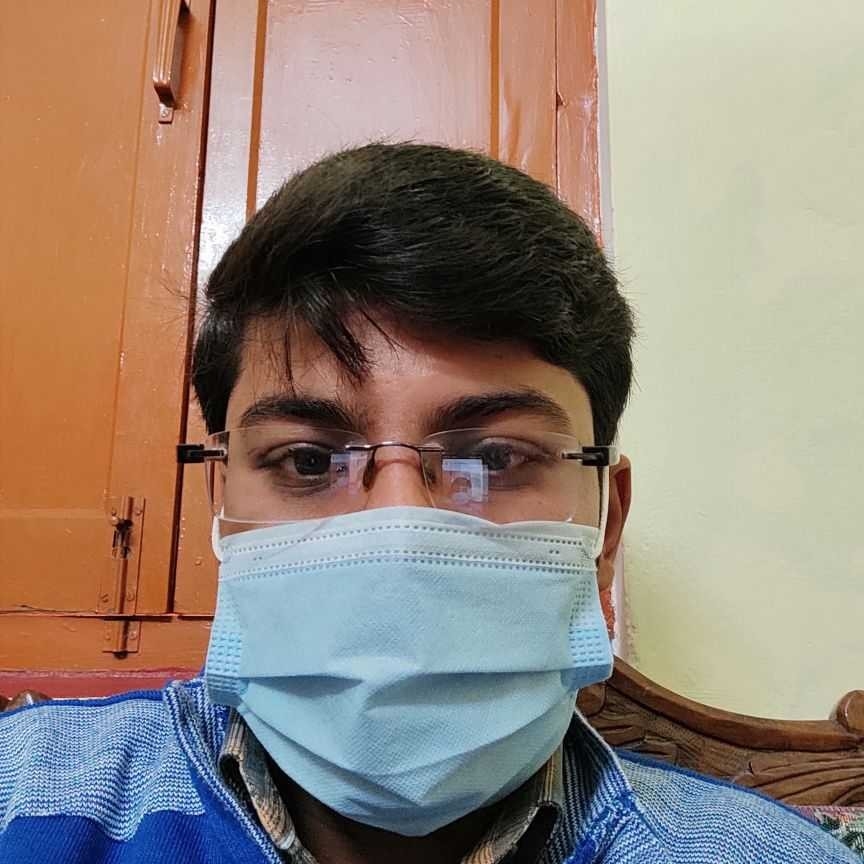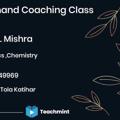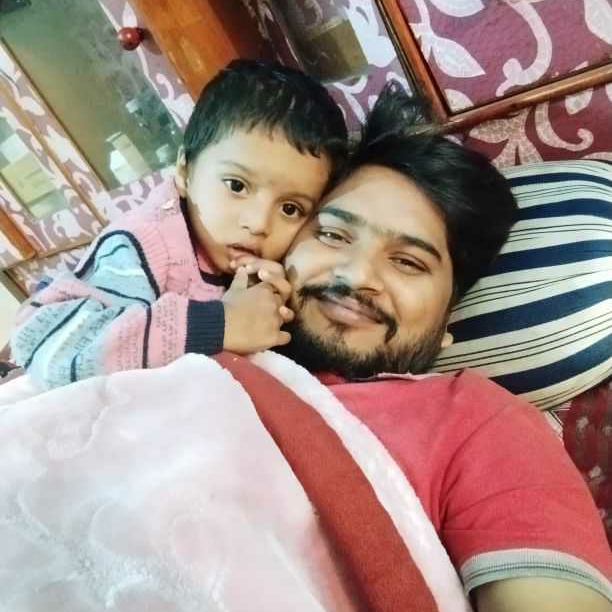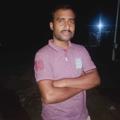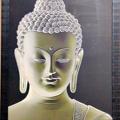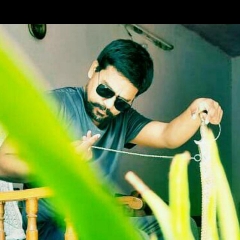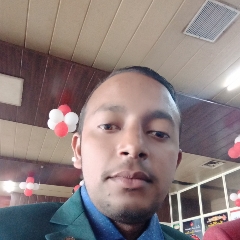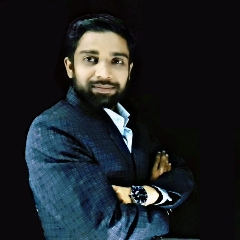Question 1 :
The $288th$ term of the series $a, b, b, c, c, c, d, d, d, d,e, e, e, e, e, f, f, f, f, f, f,$ is 
Question 3 :
If a, b, c, d are any four consecutive coefficients in the expansion of $(1+x)^n$, then $\displaystyle\frac{a}{a+b}, \frac{b}{b+c}, \frac{c}{c+d}$ are in.
Question 4 :
The $8^{th}$ term of the sequence $1, 1, 2, 3, 5, 8, ....$ is
Question 5 :
If $a_{1}, a_{2}, a_{3}, ....$ are in A.P. such that $\dfrac {a_{4}}{a_{7}} = \dfrac {3}{2}$, then the $13^{th}$ of the A.P. is
Question 6 :
If the quadratic equation $\displaystyle x^{2}-mx-4x+1=0$ has real and distinct roots, then the values of $m$ are<br/>A.  $\displaystyle (-\infty , -6)$<br/>B.  $\displaystyle (-\infty,-3)$   <div>C.  $(-2,\infty )$  </div><div>D.  $\displaystyle \left ( 2,\infty  \right )$<br/></div>
Question 7 :
Let for $a\neq a_1 \neq o$, $f(x)=ax^2+bx+C$, $g(x) = a_1x^2+b_1x+c_1$ and $P(x) =f(x)-g(x)$. If $P(x)=0$ only for $x=-1$ and $p(-2)=2$, then value of $P(2)$ is
Question 8 :
lf the equation $ax^{2}+2bx -3c=0$ has non-real roots and $\displaystyle \frac{3c}{4}<a+b$, then $c$ is always<br>
Question 9 :
If $\displaystyle y^{2}< x$ and $\displaystyle x\in \left ( -\infty ,0 \right )$  then $y$ must<br/>
Question 10 :
In $\Delta$ ABC, angle C is a right angle, then the value<br>of tan $A + tan B $is<br><br>
Question 11 :
<span>If in two triangles, one pair of corresponding sides are proportional and the included angles are equal then the two triangles are similar by which similarity</span>
Question 12 :
SAS criterion is true when <span> In two triangles, a pair of corresponding sides are proportional and the included angles are equal then the two triangles are similar.</span>
Question 13 :
The areas of two similar triangles are $16\ \text{cm}^2$ and $36\ \text{cm}^2$ respectively. If the altitude of the first triangle is $3\ \text{cm}$, then the corresponding altitude of the other triangle is:
Question 14 :
In $\triangle PQR,$ $PQ=4$ cm, $QR=3$ cm, and $RP=3.5$ cm. $\triangle DEF$ is similar to $\triangle PQR.$ If $EF=9$ cm, then what is the perimeter of $\triangle DEF\: ?$<br>
Question 15 :
A man goes 40 m due north and then 50 m due west. Find his distance from the starting point.
Question 16 :
If $\triangle ABC$ and $\triangle PQR$ are similar and $\dfrac {BC}{QR} = \dfrac {1}{3}$ find $\dfrac {area (PQR)}{area (BCA)}$
Question 17 :
Match the column.<br/><table class="wysiwyg-table"><tbody><tr><td>1. In $\displaystyle \Delta ABC$ and $\displaystyle \Delta PQR$,<br/>$\displaystyle \frac{AB}{PQ}=\frac{AC}{PR},\angle A=\angle P$<br/></td><td>(a) AA similarity criterion </td></tr><tr><td>2. In $\displaystyle \Delta ABC$ and $\displaystyle \Delta PQR$,<br/>$\displaystyle \angle A=\angle P,\angle B=\angle Q$<br/><br/></td><td>(b) SAS similarity criterion </td></tr><tr><td>3. In $\displaystyle \Delta ABC$ and $\displaystyle \Delta PQR$,<br/>$\displaystyle \frac{AB}{PQ}=\frac{AC}{PR}=\frac{BC}{QR}$<br/>$\angle A=\angle P$<br/></td><td>(c) SSS similarity criterion </td></tr><tr><td>4. In $\displaystyle \Delta ACB,DE||BC$<br/>$\displaystyle \Rightarrow \frac{AD}{BD}=\frac{AE}{CE}$<br/></td><td>(d) BPT</td></tr></tbody></table>
Question 19 :
Point L, M and N lie on the sides AB, BC and CA of the triangle ABC such that $\ell (AL) : \ell (LB) = \ell (BM) : \ell (MC) = \ell (CN) : \ell (NA) = m : n$, then the areas of the triangles LMN and ABC are in the ratio
Question 20 :
Let $WXYZ$ be a square. Let $P,Q,R$ be the mid points of $WX, XY$ and $ZW$ respectively and $K,L$ be the mid-points of $PQ$ and $PR$ respectively. What is the value of $\cfrac { area\quad of\quad triangle\quad PKL }{ area\quad of\quad square\quad WXYZ } $?
Question 21 :
If the area of two similar triangles are equal then they are
Question 22 :
If the three sides of a triangle are proportional to the corresponding three sides of another triangle then their corresponding angles are
Question 23 :
A man of height 1.8 metre is moving away from a lamp post at the rate of 1.2 m/sec . If the height of the lamp post be 4.5 metre , then the rate at which the shadow of the man is lengthening is
Question 24 :
The areas of two similar triangles $\triangle{ABC}$ and $\triangle{DEF}$ are $144\ cm^{2}$ and $81\ cm^{2}$ respectively. If the longest side of larger $\triangle{ABC}$ be $36\ cm$, then, the largest side of the similar triangle $\triangle{DEF}$ is
Question 26 :
When a natural number x is divided by 5, the remainder is 2. When a natural number y is divided by 5, the remainder is 4. The remainder is z when x+y is divided by 5. The value of $\dfrac { 2z-5 }{ 3 } $ is
Question 27 :
Express the following in the form $\frac{p}{{q,}}$ where $p$ and $q$ are integers and $q \ne 0.$
Question 28 :
Lines are drawn through the point P(-2, -3) to meet the circle ${ x }^{ 2 }+{ y }^{ 2 }-2x-10y+1=0$. The length of the line segment PA.A being the point on the circle where the line meets the circle at coincident points, is
Question 29 :
The number of tangents that can be drawn to a circle at a given point on it is
Question 30 :
There cannot be more than two tangents to a circle parallel to a given secant.
Question 31 :
From a point Q, the length of the tangent to a circle is 24 cm and the distance of Q from the centre is 25 cm. The radius of circle is :<br>
Question 32 :
A pair of tangents are drawn from a point $P$ to the circle $x^{2} + y^{2} = 1$. If the tangents make an intercept of $2$ on the line $x = 2$, the locus of $P$ is
Question 33 :
A tangent PQ at a point P of a circle of radius 5 cm meets a line through the centre O at a point Q, so that $OQ=12$ cm. Length of PQ is :
Question 34 :
If $5x-12y+10=0$ and $12y-5x+16=0$ are two tangents<br/>to a circle then radius of the circle is<br/>
Question 35 :
lf the tangent at $\mathrm{P}$ on the circle $\mathrm{x}^{2}+\mathrm{y}^{2}=\mathrm{a}^{2}$ cuts two parallel tangents of the circle at $\mathrm{A}$ and $\mathrm{B}$ then $\mathrm{P}\mathrm{A}.\ \mathrm{P}\mathrm{B}=$<br>
Question 36 :
The radius of the circle touching the straight lines $x-2y-1=0$ and $3x-6y+7=0$ is
Question 37 :
If roots of cubic equation are in G.P. , $ ax^3 + bx^2 + cx + d $ then :<br/>
Question 38 :
If $\alpha ,\beta .\gamma $ are roots of ${ x }^{ 3 }-5x+4=0$ then ${ \left( { \alpha }^{ 3 }+{ \beta }^{ 3 }+{ \gamma }^{ 3 } \right) }^{ 2 }=$
Question 39 :
Given $l{x^2} - mx + 5 = 0$ does not have distinct real roots then minimum value of $5l+m$ is
Question 40 :
If $\alpha$ and $\beta$ are the zeroes of the quadratic polynomial $f(x) = x^2 - (\sqrt{5} -1)x -(\sqrt{5} + 1)$, then the value of $\displaystyle \frac{1}{\alpha^2} + \frac{1}{\beta^2}$ is ____________.
Question 41 :
The number of integers $n$ for which $3x^3-25x+n=0$ has three real roots is$?$<br/>
Question 42 :
Suppose $\alpha ,\beta .\gamma $ are roots of ${ x }^{ 3 }+{ x }^{ 2 }+2x+3=0$. If $f(x)=0$ is a cubic polynomial equation whose roots are $\alpha +\beta ,\beta +\gamma ,\gamma +\alpha $ then $f(x)=$
Question 43 :
The number of different possible values for the sum $x+y+z$, where $x,y,z$ are real numbers such that ${x}^{4}+4{y}^{4}+16{z}^{4}+64=32xyz$ is
Question 44 :
If $\cos{\cfrac{\pi}{7}},\cos{\cfrac{3\pi}{7}},\cos{\cfrac{5\pi}{7}}$ are the roots of the equation $8{x}^{3}-4{x}^{2}-4x+1=0$<br>The value of $\sec{\cfrac{\pi}{7}}+\sec{\cfrac{3\pi}{7}}+\sec{\cfrac{5\pi}{7}}=$
Question 45 :
Total number of polynomials of the form ${ x }^{ 3 }+a{ x }^{ 2 }+bx+c$ that are divisible by ${ x }^{ 2 }+1$, where $a,b,c\in \left\{ 1,2,3,......10 \right\} $ is equal to
Question 46 :
Number of intergers in the range of 'a' so that the equation ${ x }^{ 3 }-3x+a=0$ has all its roots real and distinct,is
Question 47 :
A cylinder is with in the cube touching all the vertical faces . A cone is inside the cylinder. If their heights are same with the same base . If the ratio of their volumes is x : y : z . (HCF of x , y , z = 1) , then x + y + z =
Question 48 :
If the radii of the circular ends of a bucket $24$ cm high are $5$ cm and $15$ cm respectively, find the inner surface area of the bucket (i.e., the area of the metal sheet required to make the bucket) <div>(Take $\pi = 3.14$)</div>
Question 49 :
A right circular cone and a sphere have equal volumes. If the radius of the base of the cone is $2x$ and the radius of the sphere is $3x$, find the height of the cone in terms of $x$.
Question 50 :
A solid is in the form of a cone mounted on a right circular cylinder both having same radii of their bases. Base of the cone is placed on the top base of the cylinder. If the radius of the base and height of the cone be 4 cm and 7 cm, respectively, and the height of the cylindrical part of the solid is 3.5 cm, the volume of the solid is equal to
Question 51 :
What length of the solid cylinder that is $2$ cm in diameter must be taken to cast into a hollow cylinder of external diameter $12$ cm, $0.25$ cm thick, and $15$ cm long?
Question 52 :
<span>The interior of a building is in the form of a right circular cylinder of a diameter 4.2 m and height  4 m, surmounted by a cone. The vertical height of the cone is 2.1 m. Find the outer surface area and volume of the building.(Take $\pi$ = 22/7)</span>
Question 53 :
A spherical ball of lead $5 \,cm$ in diameter is melted and recast into three spherical balls. The diameters of two of these balls are $2 \,cm$ and $2(14.5)^{1/3}\, cm$. Find the diameter of the third ball.
Question 54 :
<span>A solid toy is in the form of a right circular cylinder with a hemispherical shape of one end and a cone at the other end. Then common diameter is $4.2 cm$ and the heights of the cyndrical and conical portions are $12 cm$ and $7 cm$, respectively. Find the volume of the solid. (Take $\pi$ = 22/7)</span>
Question 55 :
A rectangular sheet of paper $22$cm long and $12$cm broad can be  curved to form the lateral surface of a right circular cylinder in two ways. Taking $\pi= \dfrac{22}{7}$. Difference in the volumes of the two cylinders thus formed is<br/>
Question 56 :
The centre of a circle passing through the points (0 , 0), (1 , 0) and touching the circle $x^2 + y^2$ = 9
Question 57 :
If four points are $A(6,3),B(-3,5),C(4,-2)$ and $P(x,y),$ then the ratio of the areas of $\triangle PBC$ and $\triangle ABC$ is:
Question 58 :
If the area of the triangle formed by the line -y = 0, x + y = 0 and x - c = 0 is 16 units, c is
Question 59 :
The centroid and two vertices of a triangles are (4,-8), (-9,7), (1,4) then the area of the triangle is
Question 60 :
If $m_1$ and $m_2$ are the roots of the equation $x^2 +(\sqrt 3 +2) x + \sqrt 3 - 1 = 0 $, then the area of the triangle formed by the lines $y=m_1x,y=-m_2x$ and $y=1$ is:
